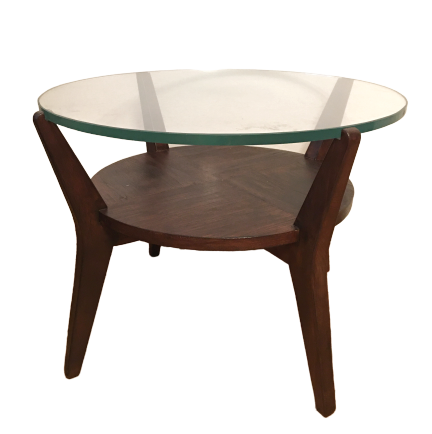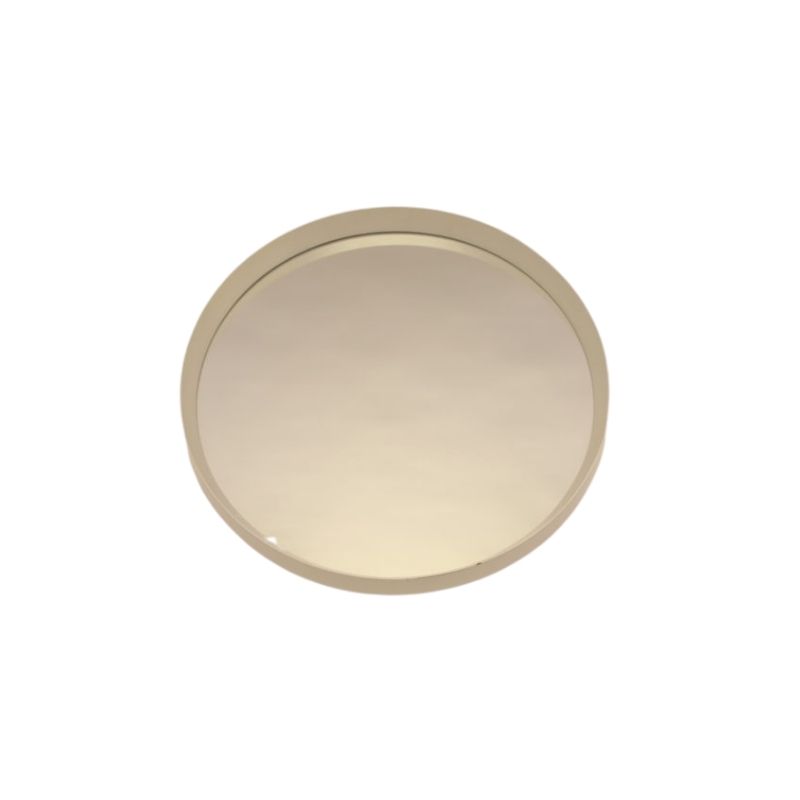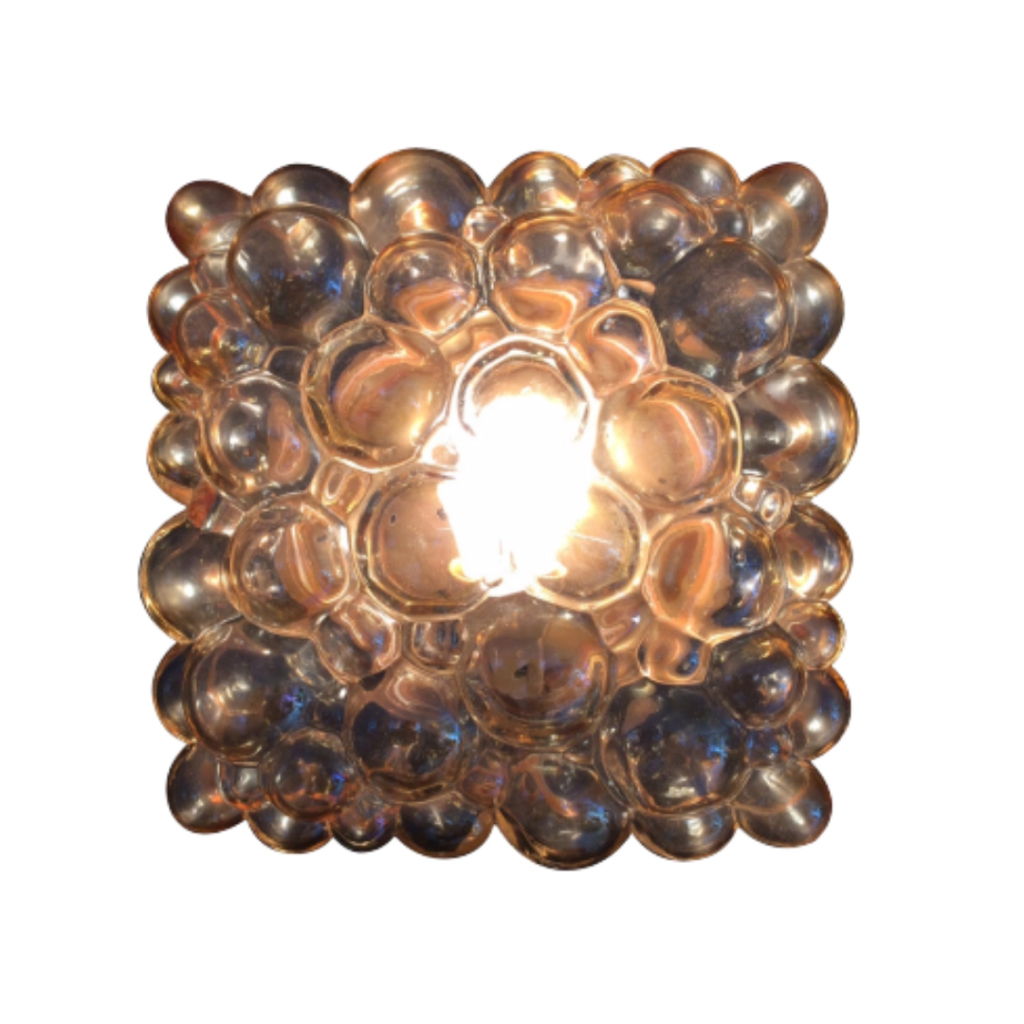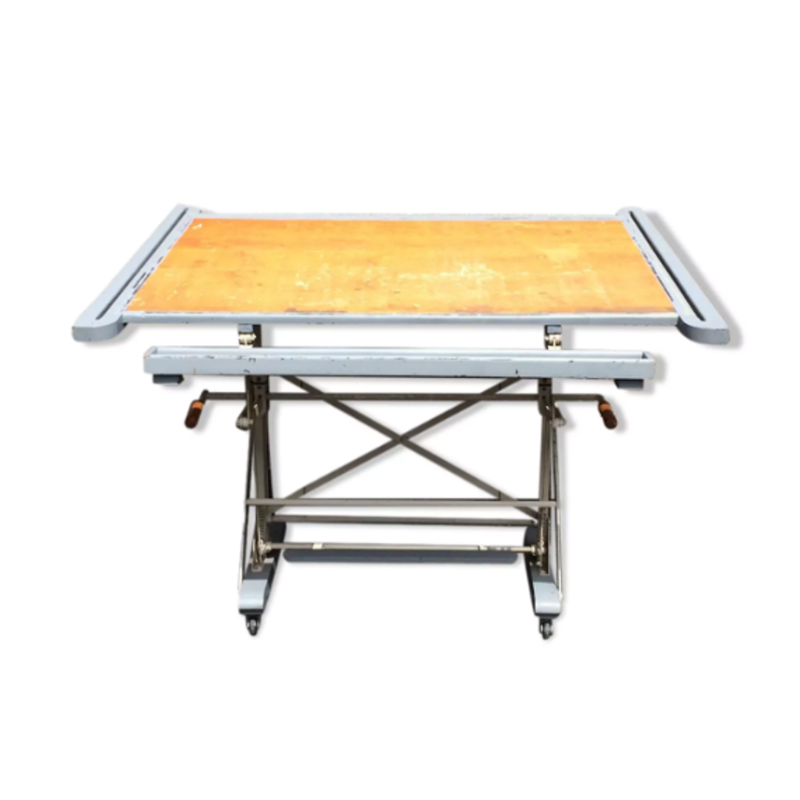If you don't have access to a table saw, you could rub the dowel back and forth on a sheet of fairly rough sandpaper (taped to a board or table to make it easier) to create a flat edge.
Having said that, I've used round dowels with no problems. The strap tension is held due to a combination of 1) compression between the folded straps and frame, and 2) friction between the faces of the folded straps.
I should have clarified that you do not want to try to rip a small diameter dowel on a table saw by itself, as tk has noted. For close cuts like that, it is best to securely tape the dowel to a larger piece of scrap wood (perhaps with a groove cut for better stability and precision) before running it through.
If you MUST use a power saw for this operation, a band saw is the one to choose. But, why take risks? With one clamp, a flat surface, and a sharp block plane, flattening a 36" x 7/16" hardwood dowel would take less than 10 minutes. No machines, noise, sawdust, fossil fuels, or unnecessary risk involved. And you burn a few calories to boot.
Don't get me wrong, though. I'm no zealot. Nobody loves their machines more than I do and I have a variety of expensive ones in my shop. I just try to limit their use to appropriate operations.
I flatten the dowels on my jointer, but I get that not everybody has one of those. (It is a mid century design relic, being an old Atlas cast iron beast.)
Oh, and barryman, your chair is stained beech with a VERY thick lacquer finish. I usually find these chairs after they've turned green from the desert sun, so I I usually have to remove the finish and stain to get the color back. Or more precisely, I never will do that again. I am not sure what I would do with one that is still the right Selig "Saddle" color. Maybe start a new thread for that specifically and see what others have done? (I will think about it).
I know I'm a bit late to this thread, but I wanted to thank all of the posters in here for the photos and instructions. I just refinished two Selig chairs that have this original seat and was totally puzzled at how to install the straps. Now I know I just need to get some dowels - easy peasy!
How about getting round dowels and sanding them down a bit by rubbing them against sandpaper laid on a hard, flat surface? I don't think it would take long at all if you start with 60 grit to most of the work.
The ones you saw that "look like they were bought that way" may have been run through a jointer or something---that would produce a clean cut though I'm not sure how it works on something as small as the diameter of the dowels for these chairs (done before cutting to length, of course). The woodworkers here will know for sure.
So far the dowels, and the tension under the seat, are fine without flattening one side of the dowel. That being said, if I were to do it again, I'd get a planer and take down one side just a bit. I don't have one to reference so I'd just wing it. Using a sanding block could be an option too but the planer seemed the best idea to me.
Question for anyone that would know regarding the use of the long dowel on one side and three individual dowels on the opposite side. Is the purpose of this to yield even tension across all theee straps. Presumably in this setup, one would cut the straps to the same length and then once cinched through and pulled out, then you can easily tell which one might need to be evened out.
I
If you need any help, please contact us at – info@designaddict.com









